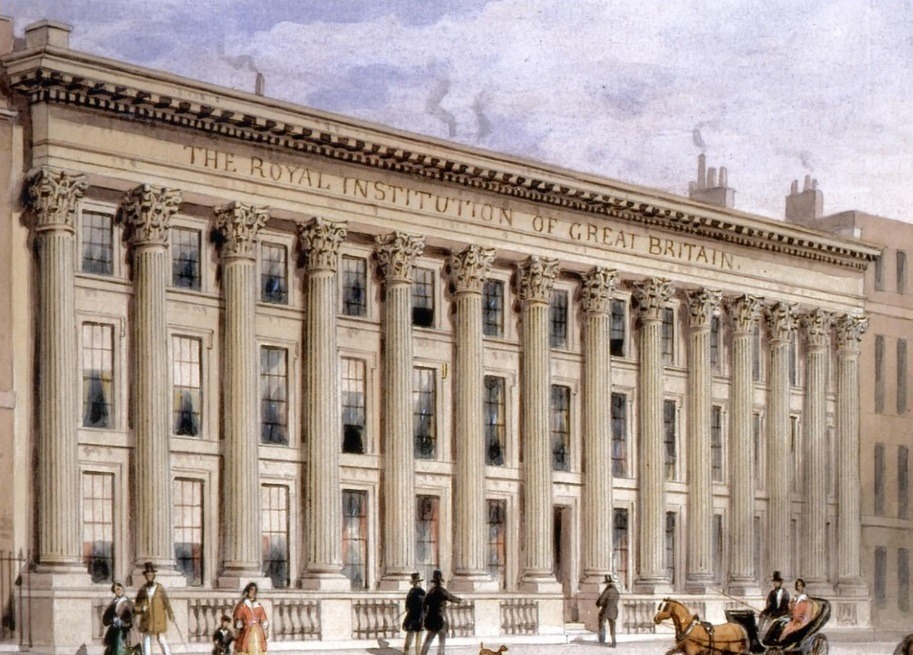Davy Notebooks Project
Finished! Looks like this project is out of data at the moment!
Thank you for all your help! Read our 'Project in Review' blog post here. If you would like to help us with our final review of the finished transcriptions, please read the instructions posted on Talk.

Help us to transcribe the manuscript notebooks of Sir Humphry Davy – one of the most significant and famous figures in the scientific and literary culture of early nineteenth-century Britain, Europe, and America.
Learn moreYou can do real research by clicking to get started here!
Zooniverse Talk
Chat with the research team and other volunteers!
Davy Notebooks Project Statistics
View more statsKeep track of the progress you and your fellow volunteers have made on this project.
Every click counts! Join Davy Notebooks Project's community to complete this project and help researchers produce important results. Click "View more stats" to see even more stats.
Percent completeBy the numbers
Message from the researcher
As we see in his notebooks, Davy didn't see the arts and the sciences as 'two cultures'. In these manuscripts, we see poetry and chemical enquiry combined: both offered, for Davy, important ways of exploring the mysteries of the world around him.
Davy Notebooks ProjectAbout Davy Notebooks Project
Sir Humphry Davy (1778-1829) was one of the most significant and famous figures in the scientific and literary culture of early nineteenth-century Britain, Europe, and America. Davy’s scientific accomplishments include: conducting pioneering research into the physiological effects of nitrous oxide (often called ‘laughing gas’); isolating seven chemical elements (magnesium, calcium, potassium, sodium, strontium, barium, and boron) and establishing the elemental status of chlorine and iodine; inventing a miners’ safety lamp; developing the electrochemical protection of the copper sheeting of Royal Navy vessels; conserving the Herculaneum papyri; and writing an influential text on agricultural chemistry. Davy was also a poet, moving in the same literary circles as Lord Byron, Samuel Taylor Coleridge, Robert Southey, and William Wordsworth. To date, only a very small proportion of Davy’s manuscript notebooks have been transcribed and published. What makes Davy’s notebooks especially fascinating is that they are generically mixed, containing records of his thoughts, scientific experiments, poetry, geological observations, travel accounts, and personal philosophy. By joining the Davy Notebooks Project, you can help researchers at Lancaster University and the Royal Institution of Great Britain to transcribe and digitally preserve seventy-five of Davy’s notebooks, used throughout his lifetime. Together, we will learn more about Davy, his work, and the relationship between poetry and science.